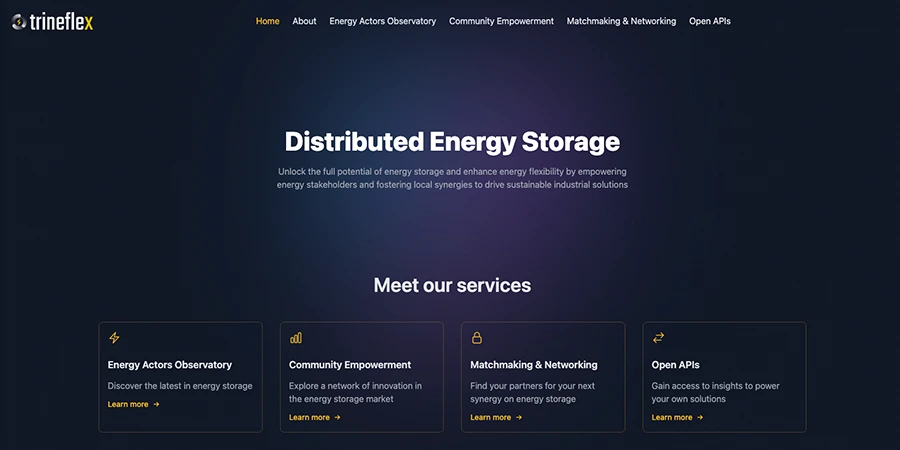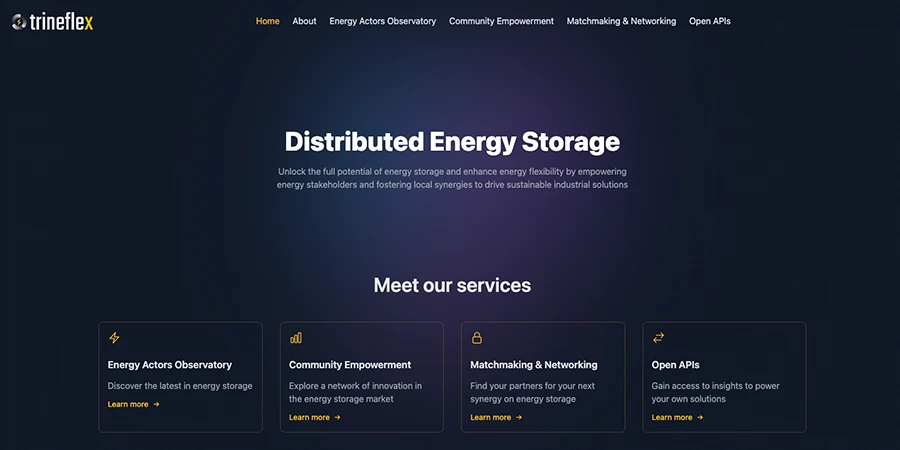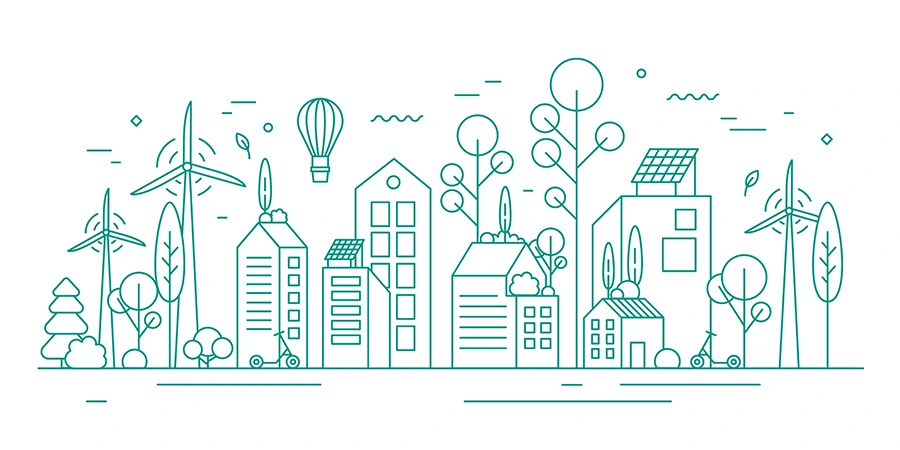· Sustainloop editorial team · regional-ecosystems · 2 min read
Collaboration in Energy Storage Innovation
Overview of TRINEFLEX DES and the support offered to energy actors for innovative partnerships in energy storage

Distributed Energy Storage (DES) plays a pivotal role in the TRINEFLEX strategy to integrate energy flexibility technologies, addressing both technical and market barriers that hinder the adoption of such solutions. The increasing reliance on variable renewable energy sources, combined with the challenges posed by the recent energy crisis, underscores the urgency of deploying DES to enhance grid stability and support sustainable industrial operations. However, DES implementation often requires significant upfront investment and seamless integration with existing energy infrastructure, necessitating innovative business models that promote interoperability and collaboration among diverse stakeholders.
Distributed Energy Storage empowers industrial actors to enhance energy flexibility and efficiency by enabling local energy storage and use. By integrating DES, industries can better manage energy consumption, store surplus renewable energy, and reduce reliance on the grid. This approach not only lowers energy costs but also increases energy resilience and ensures more reliable operations. As the energy storage market continues to evolve, emerging technologies and innovative approaches are making DES even more adaptable to specific industry contexts and requirements. For the process industry, DES represents a versatile tool to enhance sustainability and adapt to evolving needs, supporting the transition to a more flexible and resilient energy future.
TRINEFLEX leverages DES as a tool not just for energy storage but also for driving systemic innovation in energy management and participatory energy schemes. By focusing on stakeholder engagement and fostering local synergies, the project aims to empower industrial actors, energy communities, and policymakers to adopt solutions that enhance energy flexibility. This approach is supported by a technology-agnostic framework that emphasises knowledge sharing, financial accessibility, and cooperation opportunities. Through this strategy, DES serves as a bridge, connecting industrial needs with community-driven initiatives to accelerate its adoption. The toolset specifically tackles the challenge of limited awareness and information sharing by highlighting technological, financial, and cooperative opportunities, with the industrial sector playing a pivotal role. Key offerings of the TRINEFLEX DES solution include showcasing advanced energy storage practices and technologies, supporting energy communities and multi-actor storage schemes, and providing access to decentralized energy assets and stakeholders. Additionally, it facilitates exploration of innovation networks and pioneers in energy storage while promoting novel business models and partnerships to drive adoption and integration of DES solutions.
Energy stakeholders interested in utilizing the TRINEFLEX DES are invited to visit: https://trineflex.csd.auth.gr




